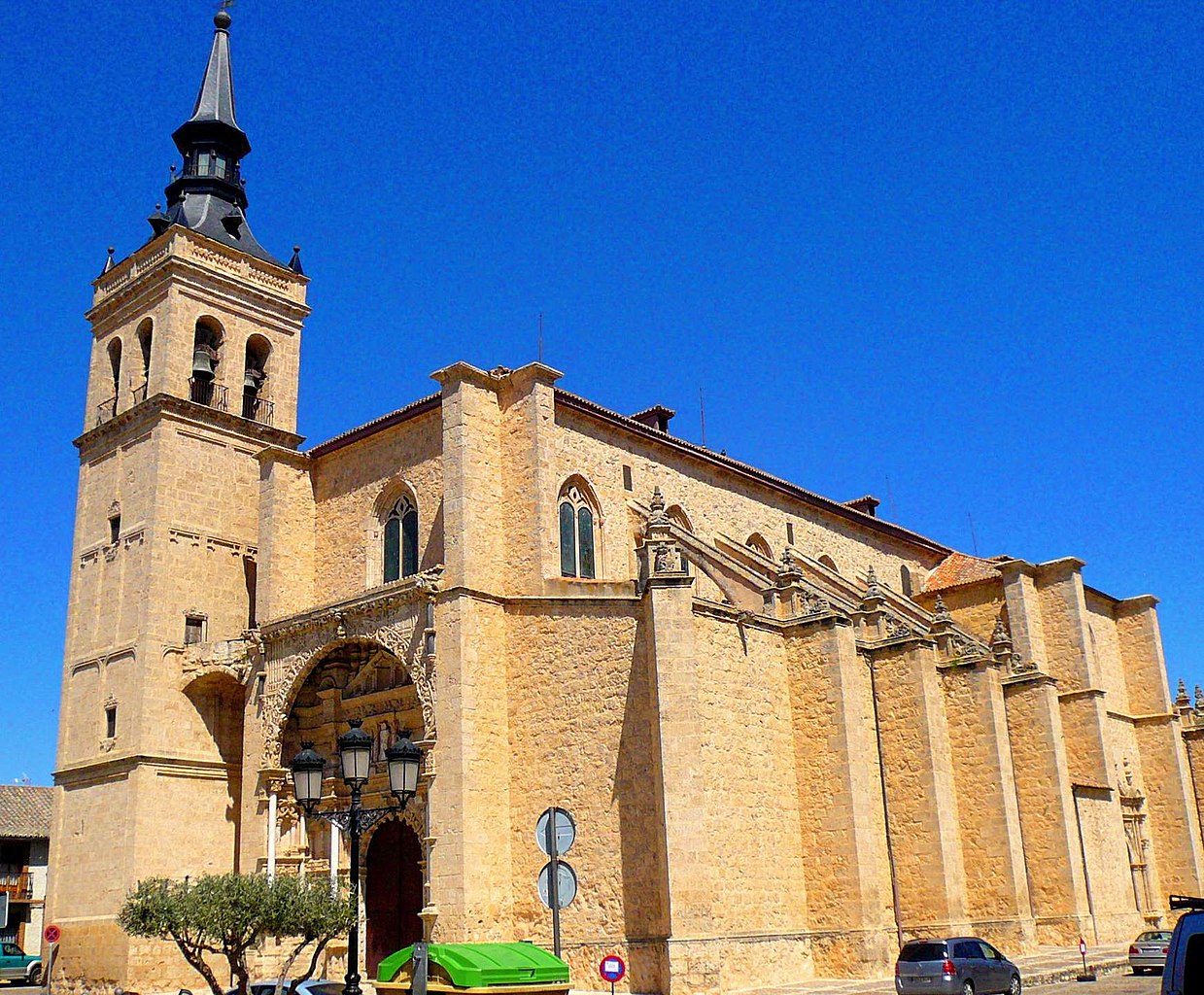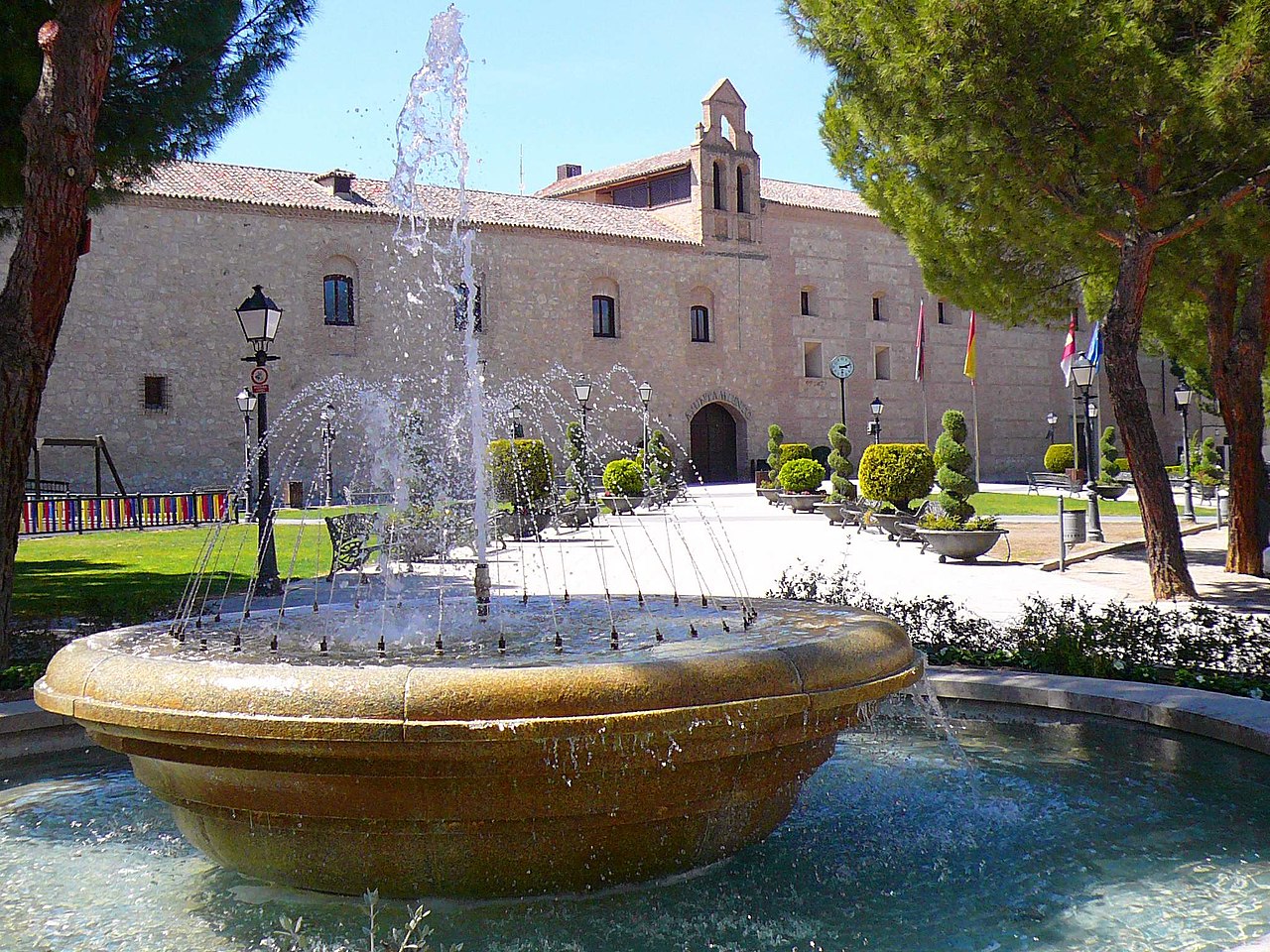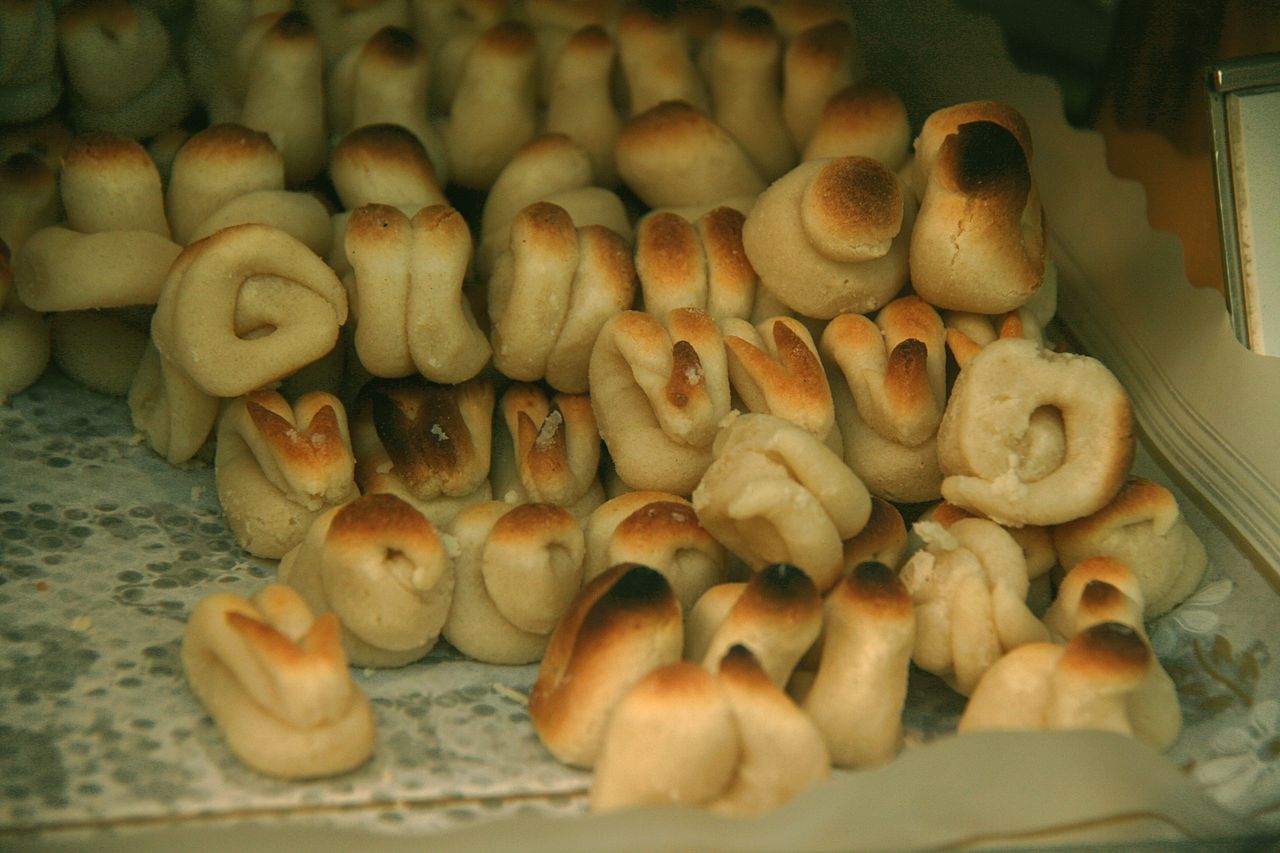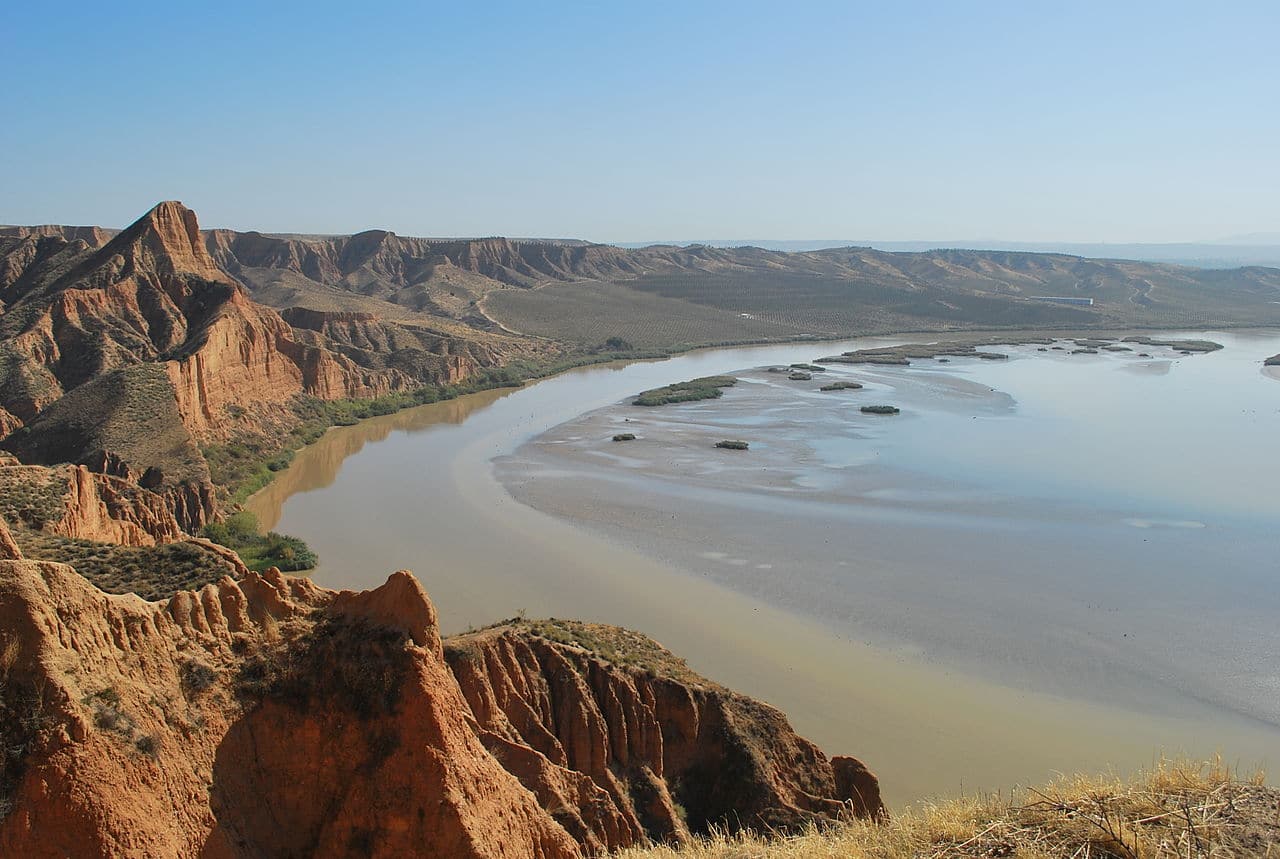
Collegiate Church of the Blessed Sacrament
Torrijos is occupying a plain between the rivers hostel y Tajo, towards the center of the province of Toledo. This area, inhabited since time immemorial, lived through a period of splendor with the Visigoth domination, precisely because of its proximity to the capital of Toledo and because it is a transit area between it and Ávila. Already in the Middle Ages, it was a resting place for kings and a town where they lived together the three cultures: Christian, Jewish and Muslim.
Of all this, an endless number of monuments in Torrijos have remained as silent witnesses that make this small Castilian town a true tourist gem worth a long visit. If you want to know it, follow us.
What to see in Torrijos
Capital of the region of Torrijos, in the fields near the town there are many olive groves, to the point that it is also known as Torrijos from Las Olivas. But the highlight of this town is its monumental heritage. Let's get to know it.
Plaza of Spain
Built in the XNUMXth century, it is the nerve center of Torrijos, with its arcaded houses typical of Castilla. In it was the palace of Don Gutierre de Cárdenas, lord of Maqueda, but it was demolished in the XNUMXth century to reform the urban space.

Palace of Pedro I
Collegiate Church of the Santísimo Sacramento, one of the emblems of Torrijos
One of the most representative elements of the Castilian town is the collegiate church of Torrijos or the Santísimo Sacramento. It was built in the XNUMXth century following the canons of the plateresque gothic. It has a iglesia of three naves and a spectacular cover inside which you can see the organ oldest in all Castilla La Mancha.
Also, in its main chapel you will find a parish museum, with paintings and pieces of goldsmith. Finally, do not forget to appreciate the polychrome wooden altarpiece of its main altar and its chapel of San Gil, which has been declared a Site of Cultural Interest.
Chapel of the Christ of the Blood
Built on an old synagogue, of which a good part was used, it was transformed by the aforementioned Gutierre de Cárdenas in the Hospital of the Holy Trinity. The Renaissance façade and patio stand out in this building.
Palace of Pedro I
Its name is due to the fact that it was this monarch of Castile, called "the Cruel" by his enemies, who had it built for his then lover Maria de Padilla. But the building is due to Antonio Egas placeholder image, one of the main Spanish late Gothic architects and also the author of the New Cathedral of Salamanca.
Later it was Convent of the Franciscan Conceptionists and is currently the Town hall. Inside you can see some rooms of great beauty. It is the case of plenary hall, with a Mudejar coffered ceiling, and its two cloisters.

Torrijos railway station
The railway station or the nineteenth century in Torrijos
The railway station building gives you a perfect sample of what was the architecture of the XIX in Torrijos. It is a beautiful construction in berroqueña stone that responds to historicist style in its neomudéjar variant. It is currently in service so you will see it on your arrival in the town if you do it by train.
Other unique buildings in Torrijos
The above are the most important monuments of this Castilian town. However, there are others that we also recommend you visit. It is the case of pensioner's home. But also from old water tank, a neo-Mudejar construction that reaches twenty-five meters in height, and wheat silo, where this cereal was formerly kept.
The ravines of Castrejón and Calaña
Although they do not belong strictly to Torrijos, but to the nearby town of The Puebla de Montalbán, you cannot miss this spectacle of nature. They are impressive red clay cliffs that are found on the north shore of the Castrejón reservoir. This amazing landscape is reminiscent, in a way, of that of the Grand Canyon of the Colorado North American.
The gastronomy of Torrijos
Before ending your visit to the Toledo town, you must try its delicious cuisine. Typical products of the region are the vegetables and fruits of La Puebla de Montalbán and also the oils from the olive groves that we mentioned earlier.
Among the typical dishes prepared with meats, we advise you to try the pickled and stewed partridge, roast lamb or suckling pig, hare with rice, rabbit with garlic or peas with lamb. On the other hand, fisherman's stew It is made with trout and barbel.

Toledo marzipan
Regarding desserts, the area has some magnificent apricots y peaches. But, if you prefer something sweet, you have the short cuts, empanadillas and small boxes, in addition to magnificent nougat and, of course, marzipan.
On the other hand, if you want to take a memory of your visit to Torrijos, we will tell you that the town has a magnificent crafts made with wood.
When is it better to travel to Torrijos
Torrijos presents a Continental weather, with cold winters in which temperatures drop below zero degrees and very hot summers, during which temperatures reach forty. To avoid both extremes, perhaps the best times for you to visit Toledo are spring and fall.
In this sense, the celebration of the eastern it is very important throughout the region. Therefore, it is also a good time to visit it. Likewise, at the beginning of June, Torrijos is transformed for a few days into a medieval town to celebrate the festival called Chronicle of King Don Pedro I.

Castrejón and Calaña canyons
How to get to Torrijos
The Toledo town is very well connected. We have already told you about the railway. There are train lines with Madrid, Cáceres and Badajoz among other cities. The same can be said for buses. You can move in them through all the localities of the region, but also get to it from Toledo, Madrid and other capitals.
Finally, if you prefer, you can travel in your own car. The main road that takes you to Torrijos is the A-40. You have to get out of it by the CM-4009 that goes directly to the town of Toledo.
In conclusion, Torrijos is one of the most beautiful towns in all of Castilla La Mancha. With a monumental heritage dating back to RenacimientoIt also offers you a delicious gastronomy and natural spaces of enormous interest. Don't you want to meet her?